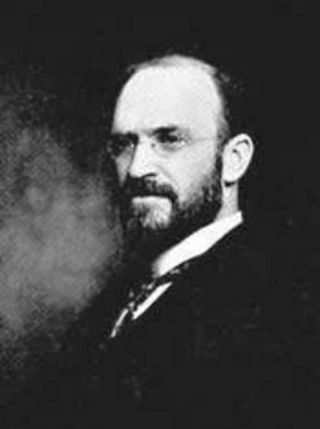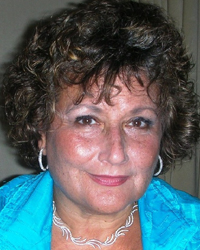History in the United States

In the 19th century, librarianship began to emerge as a true profession. Male librarians (called "bookmen") were found in sophisticated academic institutions around the middle of the 19th century. [1] Like the librarians of Alexandria, these librarians were primarily scholars, not custodians of the library in which they worked. At that time there was no formal training for librarians. Education in the field was gained by experience, either self-taught or under tutelage of other librarians. Experienced librarians quite often recruited trainees. [1] In 1872, Publishers Weekly, an instructional publication focusing on the publishing industry, began to regularly devote small sections to librarians. [1] In 1876, The U.S. Department of the Interior, Bureau of Education published Public Libraries in the United States of America: Their History, Condition, and Management. Aimed at practicing librarians, the study included a manual written by notable authorities on librarianship with articles on management, administration, history, cataloging, popular reading, and library buildings. [1] [2]
Carnegie libraries created an increased need for larger numbers of librarians to manage them, thus career library workers became an established permanent workforce. [3]
During this period, Melvil Dewey became a primary force in the professionalization of librarians and library education in the United States. Dewey believed that librarians are meant to provide patrons with "better" books to improve people and their way of life. [3] In 1876, Dewey, Justin Winsor, Charles Ammi Cutter and other prominent librarians of the day, founded the American Library Association (ALA). The formation of this professional organization provided national visibility and recognition to the field of librarianship, while substantially strengthening the professional identity among the library practitioners. [4] Around this time, Dewey founded the first major professional publication for librarians, Library Journal . [4] Dewey founded the first library school, The School of Library Economy, which opened at Columbia College in 1887. [5] The coursework programs offered by the library school took three months to complete, following which students had to take an internship of up to 2 years to gain exposure to and familiarity with professional tasks. [4]

After Dewey's library school, four more library schools were opened by 1900: Albany, Pratt Institute, Drexel University, and the Armour Institute. [6] By 1919, there were 15 more programs in the United States. These programs varied by length of program, type of degree or certificate awarded, and requirements for admission. On completion of most programs, students became Bachelors of Library Science. At the time, the degree of Master of Library Science was not awarded anywhere but Albany. [7]
In recognition of the rise of Library education programs, ALA created the ALA Committee on Library Training in which members would review the various educational programs. This led to ALA’s "Standards for Library Education", which established separate standards for the different types of training programs. [7] The neutral approach that ALA took to the Library Schools, however, influenced the schools to band together and create their own organization: the Association of American Library Schools. [7] The Williamson Report, created for the Carnegie Corporation, however, was the most important review of library education programs. In the Williamson report, C.C. Williamson criticises the quality of many established programs, and designates a university graduate degree, not a college bachelor's degree, as the appropriate education for professional librarians. [8] The Graduate Library School, University of Chicago, 1928-1989. was founded to respond to this need. It was thanks to the Williamson report that librarians were required to receive one year of postgraduate education in librarianship. By the 1950s most library schools in the US awarded a master's degree. [9]
It was at this point in history that the notion of library science was established as the study for future librarians. In addition to professional librarians, faculty in Library Science programs included other academics such as sociologists and historians. [10] Because the faculty consisted mostly of scholars, they contributed a considerable amount of research which formed the foundation of the field of library science. [10]
Another notable progression that arose after the “Williamson Report” was the establishment of The Hampton Institute Library School, the first library school to train African-American librarians in the US. [10] After the establishment of the Hampton Institute Library School, more African-Americans were accepted to library schools, including Edward Christopher Williams, a graduate of the New York State Library School, who went on to become the director of the library at Howard University in 1916. [10]
With the expanding economy, the baby boom, and the important federal legislation supporting the development of education institutions and their libraries, library schools reached their heyday in the 1950s to 1960s. These factors lead to an increased need for librarians. By the 1970s, there were more than 70 accredited library schools with master’s programs in US and Canada. [11] By 1999, however, there were only 56 ALA-accredited library school programs in the US and Canada. [11] As library schools were never high-profile departments, these closures were a result of universities' efforts to reduce costs during the recessions of the 1980s. [11]










